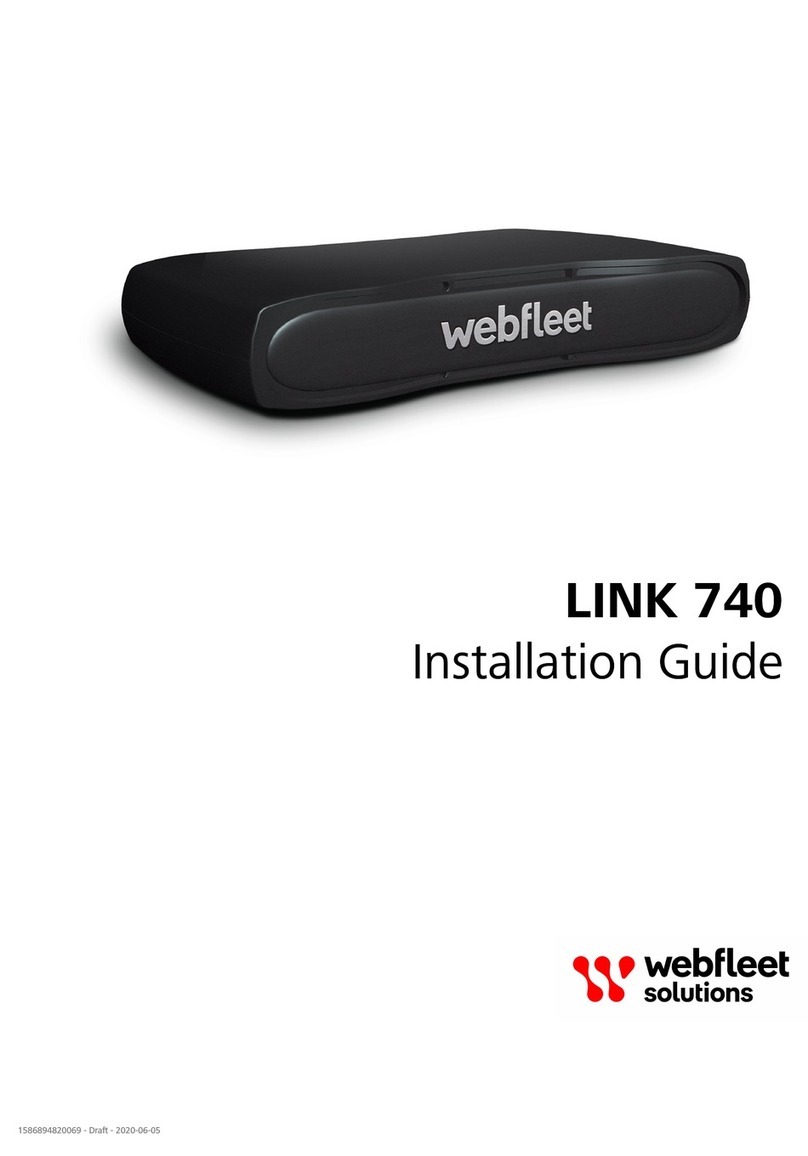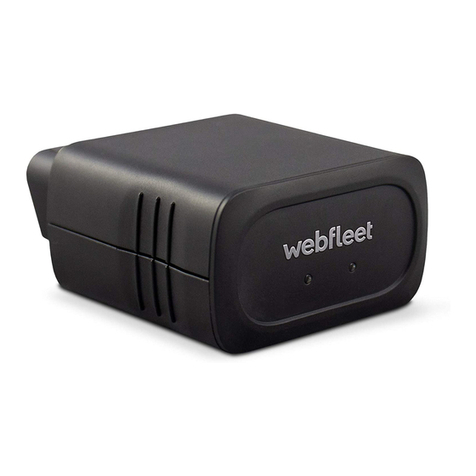
Contents
Installation.............................................................................................................3
What’s in the box..................................................................................................................... 4
Read me first............................................................................................................................ 5
Congratulations................................................................................................................................5
Read t e Addendum and Safety notices..........................................................................................5
W at you need for t e installation..................................................................................................5
Safet first.................................................................................................................................6
Important safety notices and warnings............................................................................................6
Preparations.............................................................................................................................. 8
Activating t e LINK 240...................................................................................................................8
C oosing t e correct position..........................................................................................................8
Connecting the LINK 240..........................................................................................................9
Configuring the LINK 240 for fuel consumption reporting..................................................... 10
Diagnostics.............................................................................................................................. 12
Understanding your LINK 240........................................................................................................12
Troubles ooting............................................................................................................................. 13
Technical data.........................................................................................................................14
Addendum...........................................................................................................15
Important Safet Notices and Warnings................................................................................. 16
Prohibited uses....................................................................................................................... 17
CE mark and Radio Equipment Directive for LINK 240...........................................................17
FCC information for the user.................................................................................................. 17
Specific Absorption Rate (SAR) compliance............................................................................ 19
Environmental and Batter information..................................................................................19
Triman logo.............................................................................................................................20
Operating temperature........................................................................................................... 20
WEEE – e-waste disposal........................................................................................................ 20
How Webfleet Solutions uses our information..................................................................... 21
Exposure limits........................................................................................................................21
Technical Specifications.......................................................................................................... 21
Model numbers....................................................................................................................... 21
Responsible part in North America....................................................................................... 22
Customer support contact...................................................................................................... 22
This document........................................................................................................................ 22
WEBFLEET Telematics Service Platform.................................................................................. 22
Accessories supplied with this device..................................................................................... 22
Terms and conditions and Limited warrant .......................................................................... 22
Cop right notices.................................................................................................................... 22
Copyrig t (c) 2018 - Tcl/Tk - Regents of t e University of California, Sun Microsystems, Inc., Scriptics
Corporation, and ot er parties...................................................................................................... 22
RFC1321-based (RSA-free) MD5 library.......................................................................................... 23
Webfleet Solutions Limited Warrant ................................................................. 24
2





























